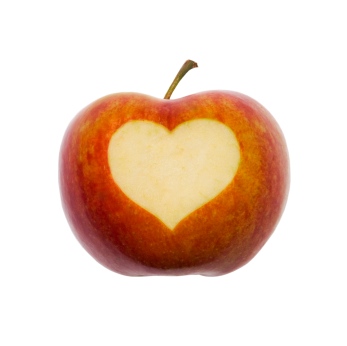|
bs"d Newsletter vol.2 issue 9 Queen in the Kitchen One of the many perks of living in Israel is that we observe only one pure day of yom tov, sprinkled several times throughout the Jewish Calendar. One day of Shavuot sits like a crown of Shabbat mid-week. There is the distilled transformative potential in our single Passover Seder. And the yom tov days bookending Sukkot give us more time to simply enjoy the sukkah and the invariably glorious weather of the holiday. The only exception is Rosh Hashanah, which we observe along with our chutz l’aretz family for two days. And this year for three. Or as one friend told me, “It’s really four.” And she’s so right. We in Israel are not at all used to this, you know. So, I’ve been thinking a lot about how I’m going to get ready. While my mind is certainly preoccupied with tshuva, there is also the ever present need to plan the practical. So before I even know who is coming for all the meals, I am thinking about what I am going to feed them all. I have some criteria: it’s got to be colorful, seasonal and simple. And I like to play with the simanim. We have to make this fun, after all, all this cooking is going to take a while! Sign Language It’s never truer than at Rosh Hashanah that you are what you eat. Or hope to be. We take a food that has a name sounding like something that will benefit us, and make a pun that is really a request to Hashem for that thing. We then eat that food as if to make their symbolic meaning part of us. We hope to experience these good omens in the new year. (next column)
While the rabbis of the Talmud came up with this practice, it’s usually up to today’s women to put them into action. We want to keep a positive, optimistic attitude during the holiday, so It’s a good idea to get creative have fun with this part of preparing for Rosh Hashanah. Some have the custom to create individual "siman seder plates" with all the omens on them. These are typically served as the first course of the festive meal. You can keep them in their simple form, diced beets, black eyed peas and carrot sticks work well for this. However, some traditional omens like pumpkin are more enjoyable when prepared. Many families have special recipes, like our kefters d’ prassa, Sephardic Leek Patties, that we enjoy every Rosh Hashanah because they are also omens. Word Games The word plays are not limited to Hebrew and Aramaic. Like prayer, you can make a request in any language that is meaningful to you. How about these? Peas Soup~ May we finally have lasting peace! Olive Salad or Tapenade~ May we "all live" in harmony! Dixie Corn Dollars~May there be many more dollars in my account this year! With a little creativity, you are literally cooking up your own efforts to help shape the year ahead. Now you're Cooking for The King. You can read about the source for the practice of eating omens at the Rosh Hashanah meal here.
I value your comments and suggestions. ~
|

